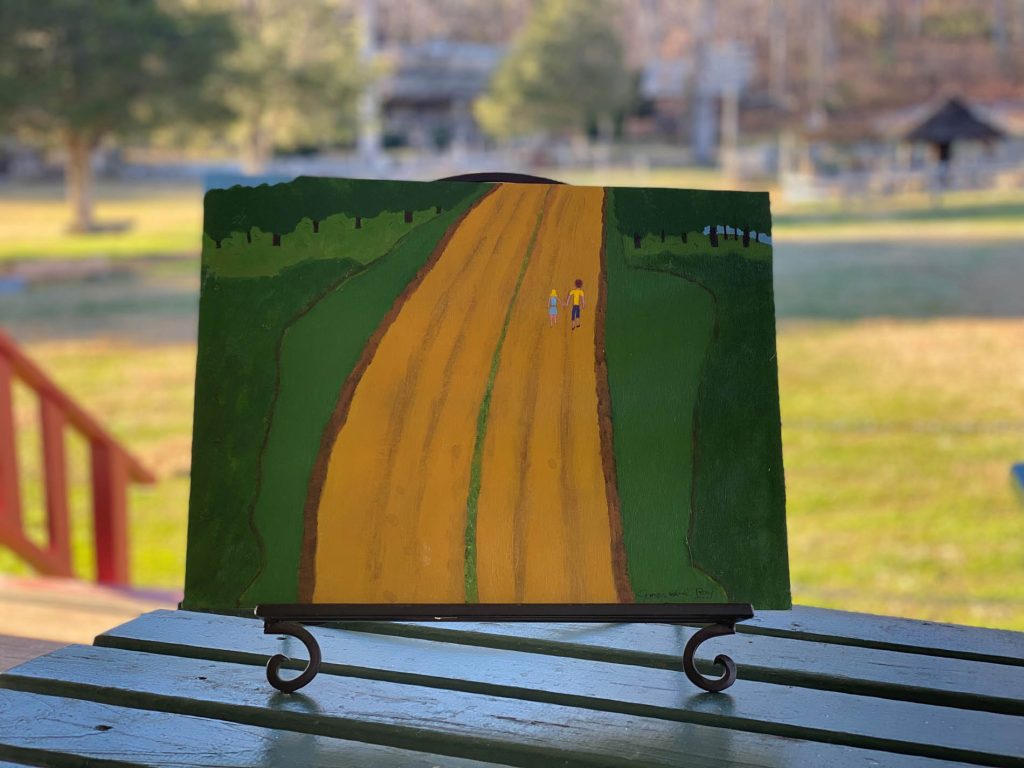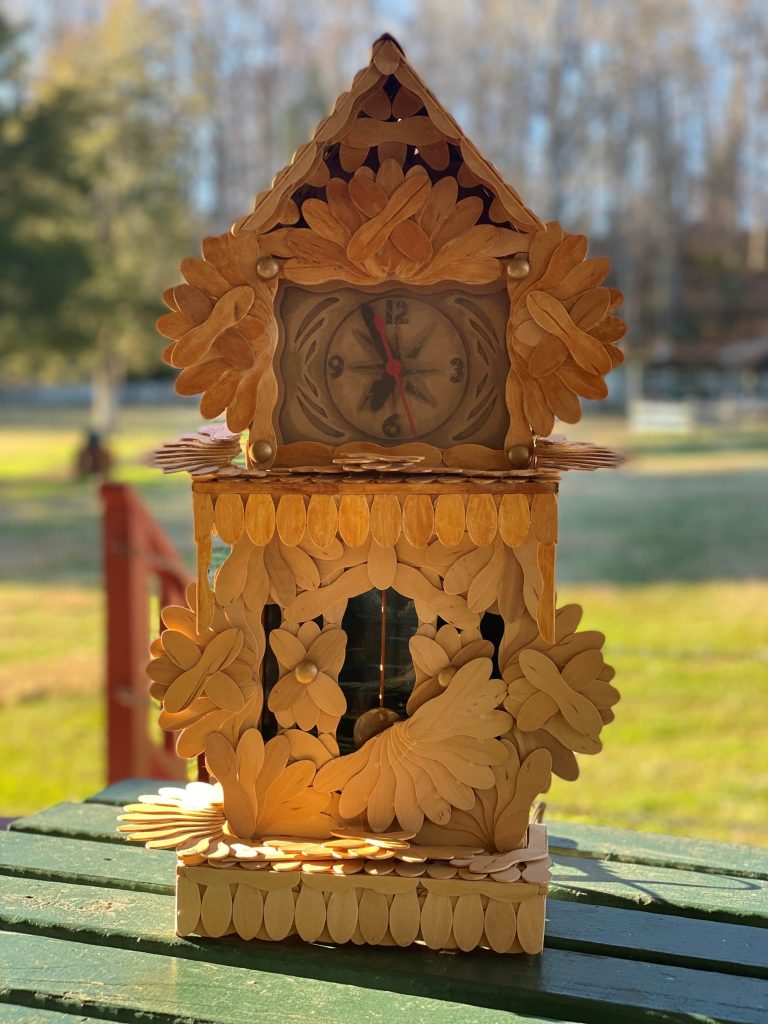It was the best of times, it was the worst of times…it was the spring of hope, it was the winter of despair. —Charles Dickens, A Tale of Two Cities
The 1960s, so long ago, left lasting impressions for those in this country who stood witness—an entire decade on an emotional roller coaster. The election of a young president with a vision of placing mankind on the moon, an escalation of a war in Vietnam, the hope of Camelot, Lee Harvey Oswald in Dallas, the promise of Lincoln in the form of Civil Rights legislation, and, sadly, the 1968 assassination of Martin Luther King, Jr., in Memphis. The list goes on.
James Earl Ray, convicted of Dr. King’s murder, was born on March 10, 1928, in Alton, Illinois. His parents, who had eight more children, eventually moved to Ewing, Missouri. Ray left school at the age of 12, later joined the U.S. Army, failed to adapt, and was discharged in 1948. A year later, he was convicted of burglary. In 1952, he served two years for armed robbery. After his release from prison, he committed mail fraud and served four years in Leavenworth, Kansas. Another armed robbery of a Kroger in St. Louis resulted in a 20-year sentence. In 1967, he escaped by hiding in a bakery truck and found his way to Mexico where he tried to make a living filming pornography. Failing in that, he moved to Los Angeles and volunteered to work in the 1968 presidential campaign of segregationist George Wallace.

In March of that year, using the alias Harvey Lowmeyer, he traveled to Birmingham to buy a 30-06 rifle, 20 cartridges, and a scope. When he discovered that King planned to be in Memphis to support the striking garbage workers there, Ray followed. A bomb threat delayed King’s arrival. Knowing the danger he faced, King delivered the iconic I’ve Been to the Mountain Top address at the headquarters of the Church of God in Christ:
What [might] happen to me from some of our sick white brothers? Well, I don’t know…I just want to do God’s will…I’ve seen the promised land [but] I may not get there with you…I’m not fearing any man. Mine eyes have seen the glory of the coming of the Lord.
Afterward, King checked into room 306 of the Lorraine Hotel, known as the King-Abernathy suite because he and Rev. Ralph Abernathy, a friend in the civil rights movement, so often stayed there. While standing on the balcony at 6:01 pm on the following day and just as he asked a musician in his entourage to play Take My Hand, Precious Lord at their meeting later that night, a shot rang out. The bullet entered King’s right cheek, traveled downward in his spinal cord and lodged in his shoulder. He died just over an hour later at St. Joseph’s Hospital. It was April 4th, 1968.
Moments after the shooting, witnesses saw Ray run from a rooming house across from the Lorraine. A package found nearby contained a Remington rifle and binoculars. Ray’s fingerprints were on each. Ray fled to Canada and after a month in hiding, was able to acquire a passport in the name of Ramon George Sneyd and flew to London. Days later, he was arrested at Heathrow Airport before he could depart to Rhodesia or South Africa, apartheid countries at the time. Ray was extradited to Tennessee where he faced trial on first degree murder. Percy Foreman, a famous criminal defense lawyer from Texas, was called on to represent Ray. On March 10, 1969, Ray’s 41st birthday, he pled guilty in order to avoid the possibility of the death penalty and received a 99-year sentence. Three days later, Ray recanted his confession and unsuccessfully tried to withdraw his plea. He was transferred from Memphis to Brushy Mountain State Prison in Morgan County.
A series of appeals began with Ray vs. State, when our state supreme court denied his effort to reopen the case. In 1972, the state’s court of criminal appeals affirmed the dismissal of Ray’s petition for post-conviction relief. Later, the federal court refused to grant a writ of habeas corpus. Ray’s appeal to the Sixth Circuit Court of Appeals was also unsuccessful. Ray had claimed that he did not shoot King but knew of a plan by a man named “Raul” who he had met in 1967. In a subsequent interview with a journalist, he contended that he purposely left the rifle with his fingerprints near the murder scene in hopes of becoming a famous criminal. Ray believed that Wallace, when elected president, would issue a pardon.
On June 10, 1977, Ray and six other inmates escaped from Tennessee’s Brushy Mountain Prison in Morgan County. He was captured three days later. A year was added to his sentence. Ray and his Tennessee attorney, Jack Kershaw, also a segregationist, persuaded the House Select Committee on Assassinations to investigate his claim of unwitting participation in the murder plot, but ballistic tests proved inconclusive. At Kershaw’s urging, Ray took a polygraph as part of an interview with Playboy magazine. Test results indicated Ray shot King and did so alone. When Ray learned Kershaw had been paid $11,000 by the magazine, he fired him and hired attorney Mark Lane of New York, known primarily for his conspiracy theory on the assassination of John F. Kennedy. Lane, who also appeared before the House Committee, alleged that Ray was an innocent pawn in a government plot to kill King.
Meanwhile, as Ray continued to meet defeat in the Tennessee courts, he was confronted by Dr. King’s son, Dexter. Ray denied having fired the fatal shot. Surprisingly, the King family supported Ray’s effort to gain a new trial, but none was forthcoming. In a 1997 mock trial made for HBO television, Ray gained a hollow victory. Persuaded by designated defense attorney William Pepper, a friend and supporter of King during the last years of his life, the powerless “jury” returned a not guilty “verdict.” On behalf of the King family, Pepper then sued Loyd Jowers, a restaurant owner near the Lorraine, for Dr. King’s wrongful death on the theory that Jowers and others, including governmental agencies, were somehow involved in the murder conspiracy. In the actual civil trial that followed, a jury found in favor of the family, which then agreed to only $100 in damages in order to establish that their motive had nothing to do with money.

While in prison, Ray married Anna Sandhu Ray. The marriage lasted some 14 years until his wife was granted a divorce. Remnants of his incarceration are among keepsakes stored at the Museum of Appalachia in Norris. The extensive collection of the museum’s founder, John Rice Irwin, includes a clock Ray made of discarded ice cream sticks and an original piece of art Ray painted while in prison. Only weeks ago, Elaine Irwin Meyer, the daughter of Irwin and the executive director of the museum, found these artifacts in her father’s spacious storage facility. Although only these two items are attributed to Ray, Irwin, who died a year ago, spent his adult life collecting artifacts representative of Tennessee and Appalachian history. Early estimates are that Elaine faces at least three years of “treasure hunting” in Irwin warehouses in order to compile an accurate inventory.
Ray died of kidney and liver disease April 28, 1998, at the age of 70. Prompted by then Attorney General Janet Reno, the Justice Department conducted an extensive investigation of the assassination. Two years later, the department issued a 150-page report, confirming Ray’s guilt and rejecting the Memphis verdict in the family’s civil suit.
